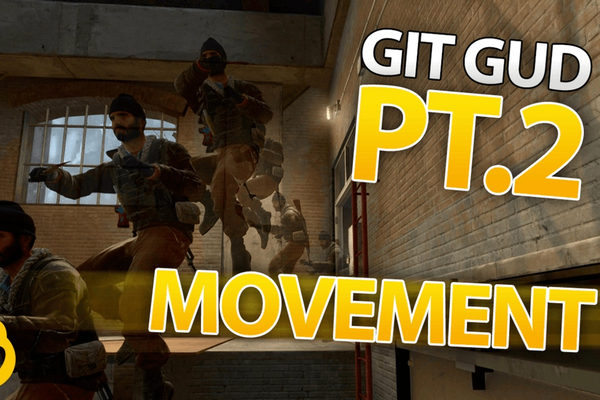Chunai Updates
Your go-to source for the latest news and insights.
Slide Like a Pro: Unraveling CSGO Movement Mechanics
Master CSGO movement mechanics and slide like a pro! Discover essential tips and tricks to elevate your game and dominate the competition!
Mastering the Art of Sliding: Tips for Perfecting Your CSGO Movement
Mastering the art of sliding in CSGO can significantly enhance your gameplay and give you a competitive edge. One of the key techniques to focus on is the timing of your movements. To execute a successful slide, combine your strafe with a carefully timed jump. Begin by holding down the W key for forward movement, then quickly press the A or D key to strafe left or right while jumping. This coordinated motion creates a slide that can confuse your opponents and help you dodge incoming fire. Practice in offline mode to refine your timing and control.
In addition to timing, mastering the appropriate angles is crucial for effective sliding in CSGO. When you approach corners or obstacles, aim to slide just before reaching them to maximize your speed and reduce your vulnerability. A good tip is to use the shift key for crouching during your slide. This will lower your profile, making it harder for enemies to hit you. Remember to practice on various maps and note specific spots where sliding provides the greatest tactical advantage. Incorporating these techniques into your gameplay will undoubtedly help you perfect your movement skills and dominate your matches.

Counter-Strike is a popular first-person shooter game that emphasizes teamwork and strategy. Players can acquire various in-game items, and many enthusiasts look to CS2 Skins upgraden to enhance their gaming experience. With its competitive gameplay and vibrant community, Counter-Strike remains a staple in the esports scene.
The Science Behind CSGO Sliding: How Speed and Momentum Work
The mechanics of CSGO sliding are rooted in the principles of speed and momentum, two vital components that give players a competitive edge. In the game, sliding occurs when players utilize their movement techniques to gain speed by making the most of the game's physics engine. This is achieved by performing specific actions, such as counter-strafing and timing jumps perfectly. By pressing the strafe keys at the exact moment a jump is executed, players can create a unique form of momentum that allows for faster movement across the map. Understanding how to manipulate these movements is crucial for gamers aiming to improve their skills.
One of the core scientific principles behind CSGO sliding is the conservation of momentum. When players slide, their speed doesn’t just come from running; it involves a combination of direction change and speed boost, giving players an advantage in dodging enemy fire or repositioning. Furthermore, mastering this technique requires practice and quick reflexes. Players can enhance their sliding skills by regularly incorporating these maneuvers into their gameplay strategy, leading to improved performance in competitive matches. As players become more familiar with the fluid dynamics of their movement, their overall gameplay experience becomes significantly more dynamic and engaging.
Common Mistakes in CSGO Movement Mechanics and How to Avoid Them
In Counter-Strike: Global Offensive (CSGO), mastering movement mechanics is crucial for gaining a competitive edge. One common mistake players make is overstaying their position in a fight. Instead of using movement to reposition, many players become fixated on eliminating the enemy, leading to predictable patterns. To avoid this, adopt a strategy of constant movement. Employ techniques like strafing and counter-strafing to keep your opponents guessing and maintain a tactical advantage. Remember, effective movement can often be more successful than just aiming.
Another frequent error is failing to utilize varied movement types, including crouching, jumping, and running. Each of these movements serves a purpose, but when players stick to one style, they become easier targets. For instance, unexpectedly crouching can throw off an opponent's aim, while jumping can help avoid headshots. To improve your overall gameplay, implement a mix of movement mechanics. This not only complicates your playstyle but also enhances your survivability in challenging encounters.